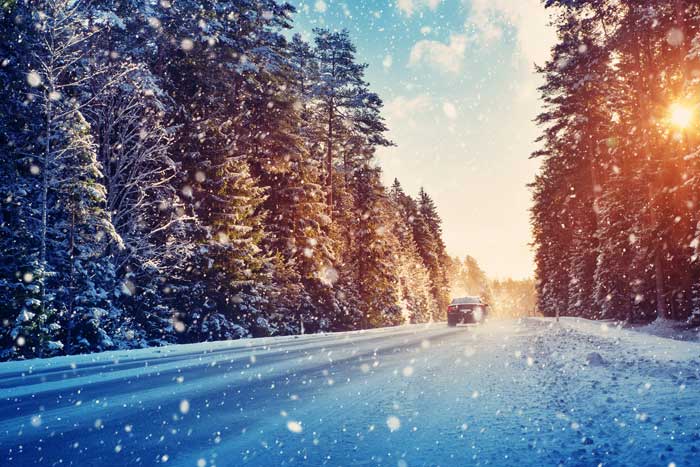Don’t get left out in the cold!
Winter driving can be perilous! You can avoid dangerous situations, expensive repairs, and other problems this winter by following this advice.
Here are three things not to do during winter driving:
1. Do Not use your cruise control during winter driving.
Unless the streets are completely dry or void of any ice or snow. During winter driving, your cruise control is more likely to cause a loss of traction during even the speed (cruise) maintenance. As is tries to accelerate, it may hit a wet spot, or a patch of snow or ice, and cause a slide or spin. Some of the new vehicle models will actually turn off this function if the temperature drops below freezing while detecting rainy conditions.
2. Do Not clear your windshield of ice or frozen snow with your windshield wipers.
At the very least, the ice will tear up your rubber wiper inserts or worst, break your wiper arm or transmission linkage. Always use an ice scraper first. If you have to park outside during ice, sleet and snowfall, you can prep your windshield to minimize ice build-up and facilitate its cleaning by simply spraying it down with a simple mixture of 1 part water and 3 parts white vinegar before the storm. To clear the ice you can spray the windshield down with a mixture 1 part windshield washer fluid mix and 2 parts Isopropyl alcohol (rubbing alcohol). Most importantly, DO NOT Use Hot Water on Any Frozen Glass! It will simply crack.
3. Do Not drive with your high beams in snow, sleet, or foggy conditions.
Using the High Beam could cause the bright light to bounce off the water droplets or heavy moisture in the air and cause a white-out condition for the driver. Use your low beams and your fog lamps, if equipped. Remember that most of the European cars come equipped with a Rear-Fog Lamp. These are not meant for driving in reverse, but to be used during heavy fog or any low visibility conditions. They’re designed to alert your position to approaching drivers from behind, preventing a possible rear-end collision and or a multi-car pile-up. Look through your manual for directions on how to turn them on. The controls are usually located around or the headlight switch and require operating them manually.
Here a few things that you SHOULD do to be better prepared to face winter driving road conditions:
- Do check the antifreeze level with an antifreeze tester, and add antifreeze, as needed.
- Do Replace windshield-wiper fluid with a wintertime mixture.
- Do Replace any worn tires, and check the air pressure in the tires.
In the winter months, it is also a good idea keep the gas tank near full to help avoid the accumulation of ice in the tank and fuel lines.

